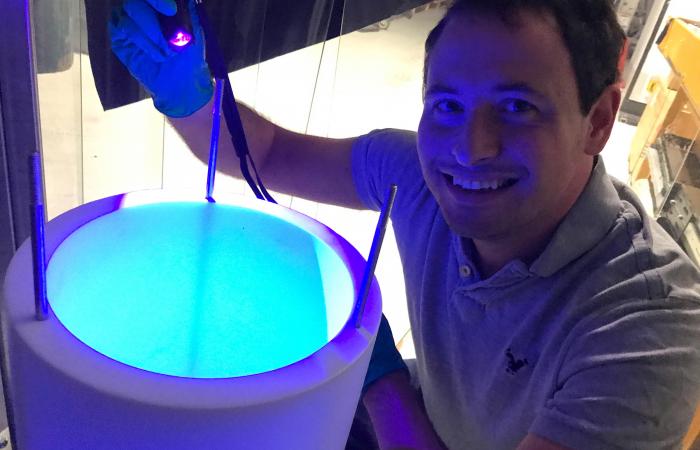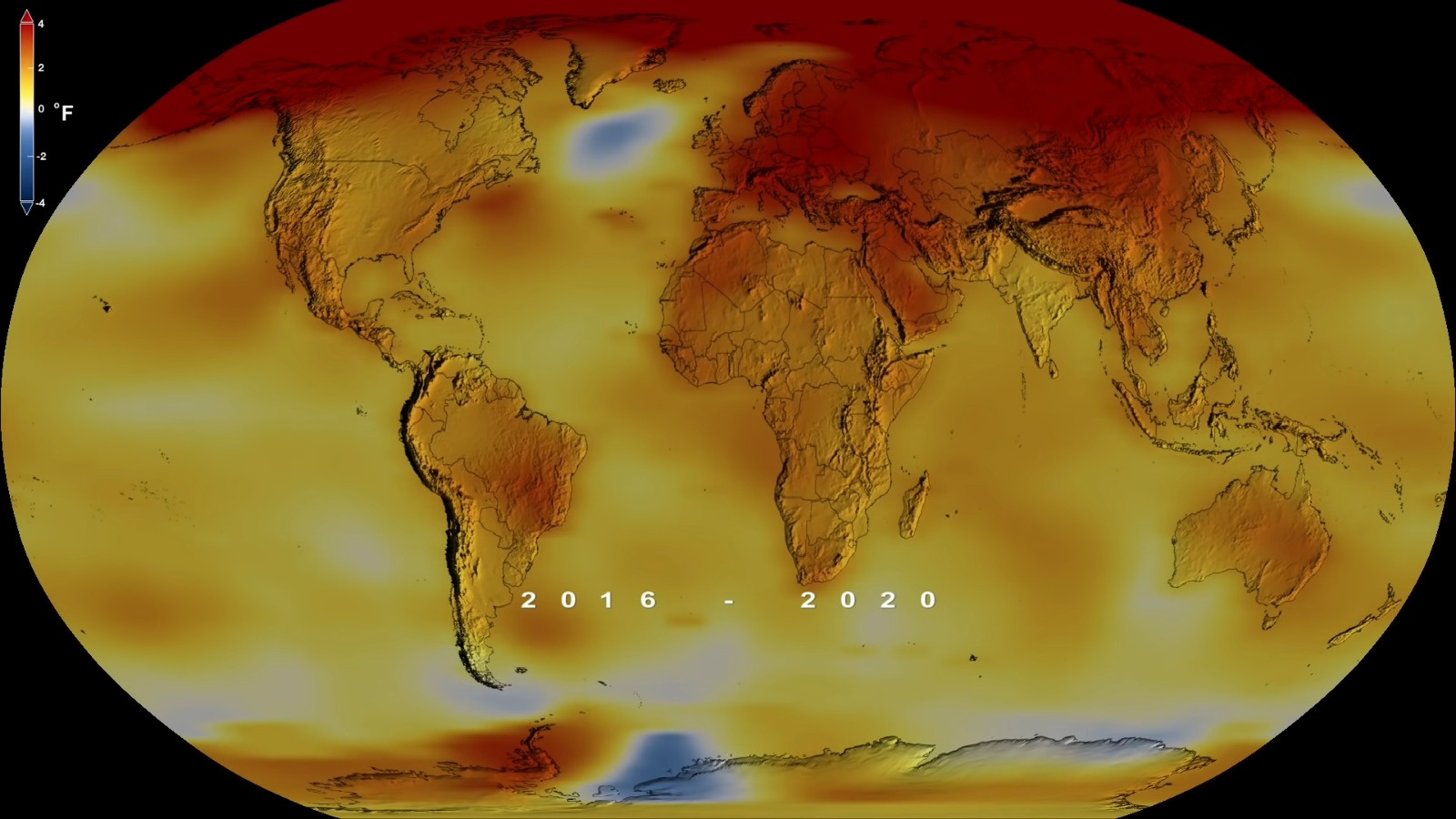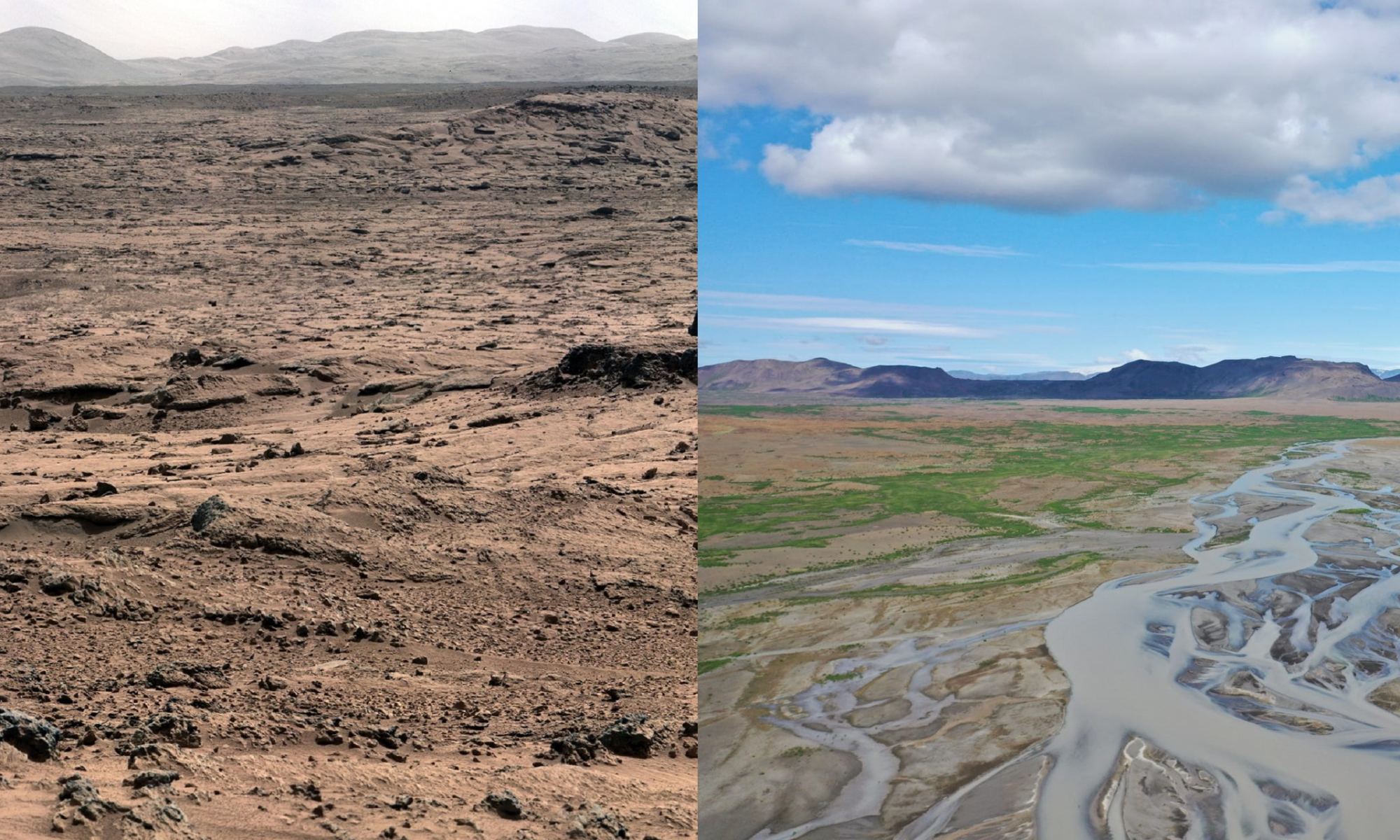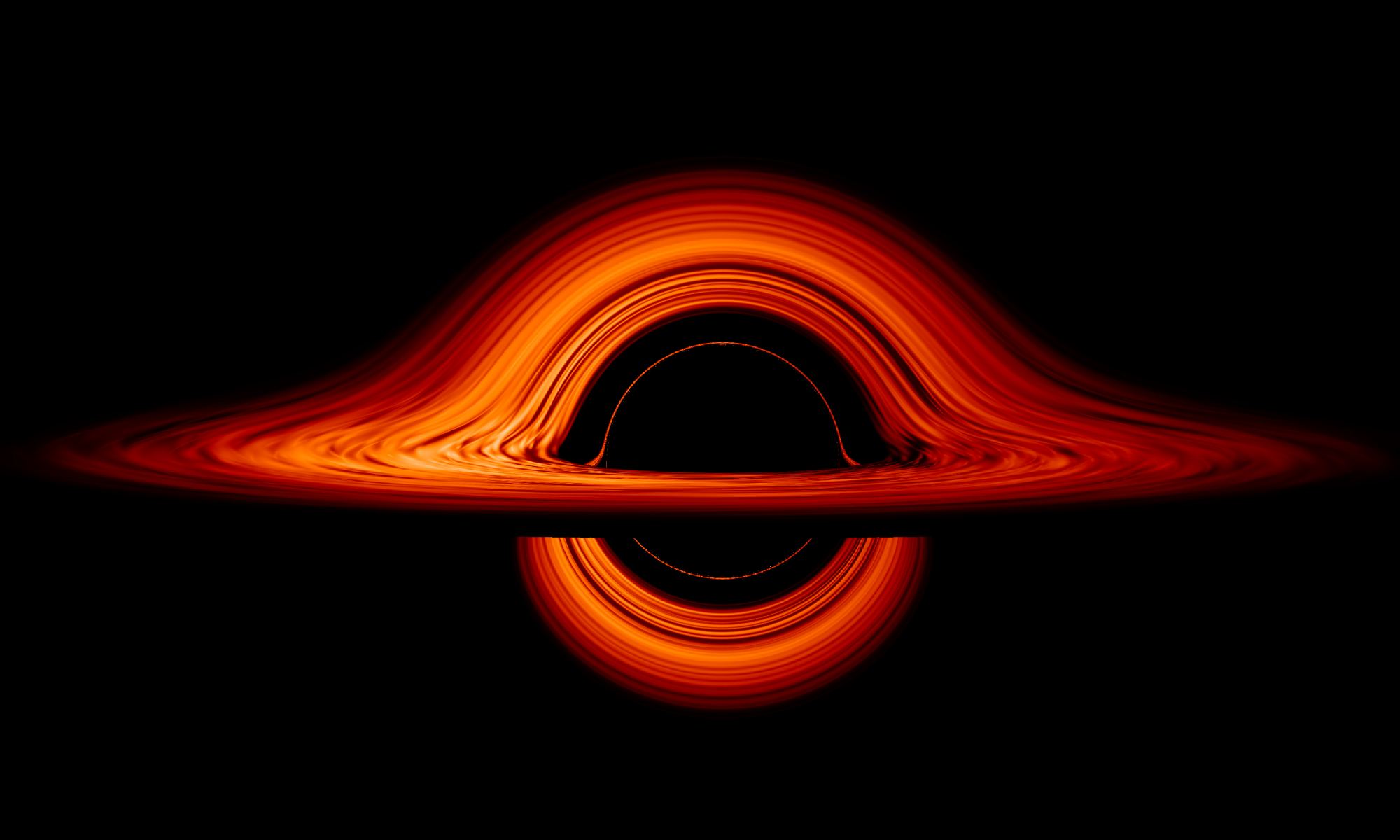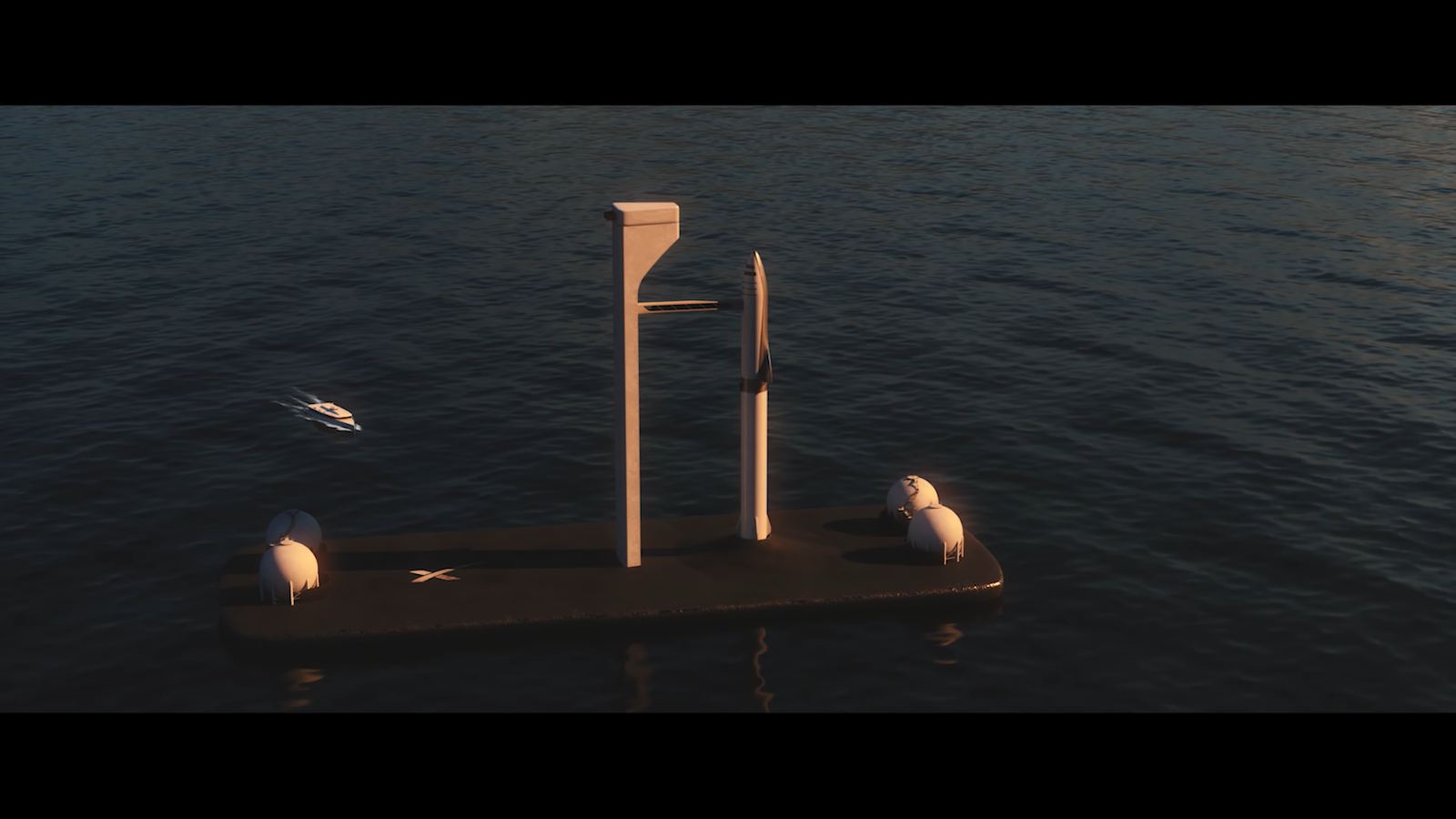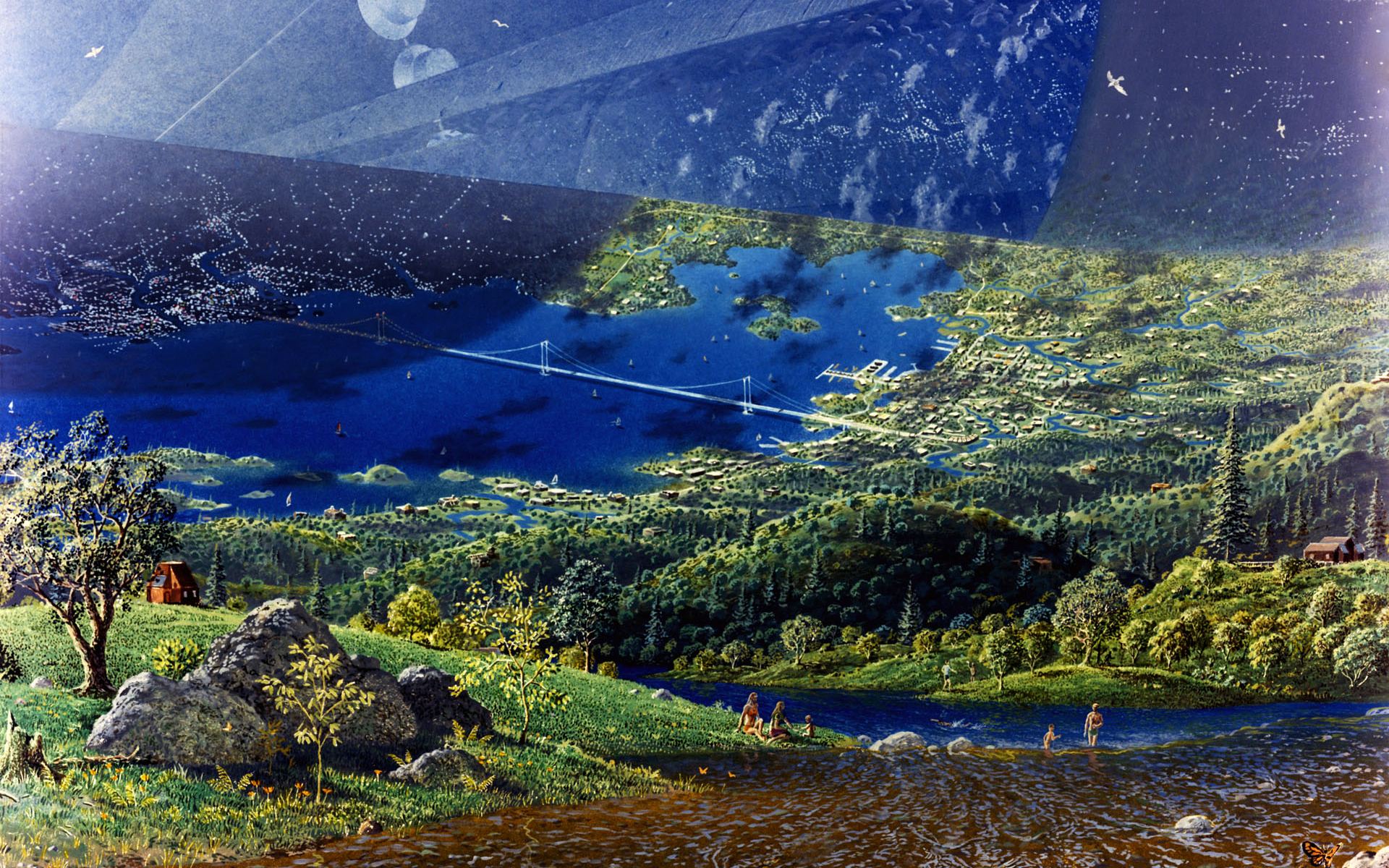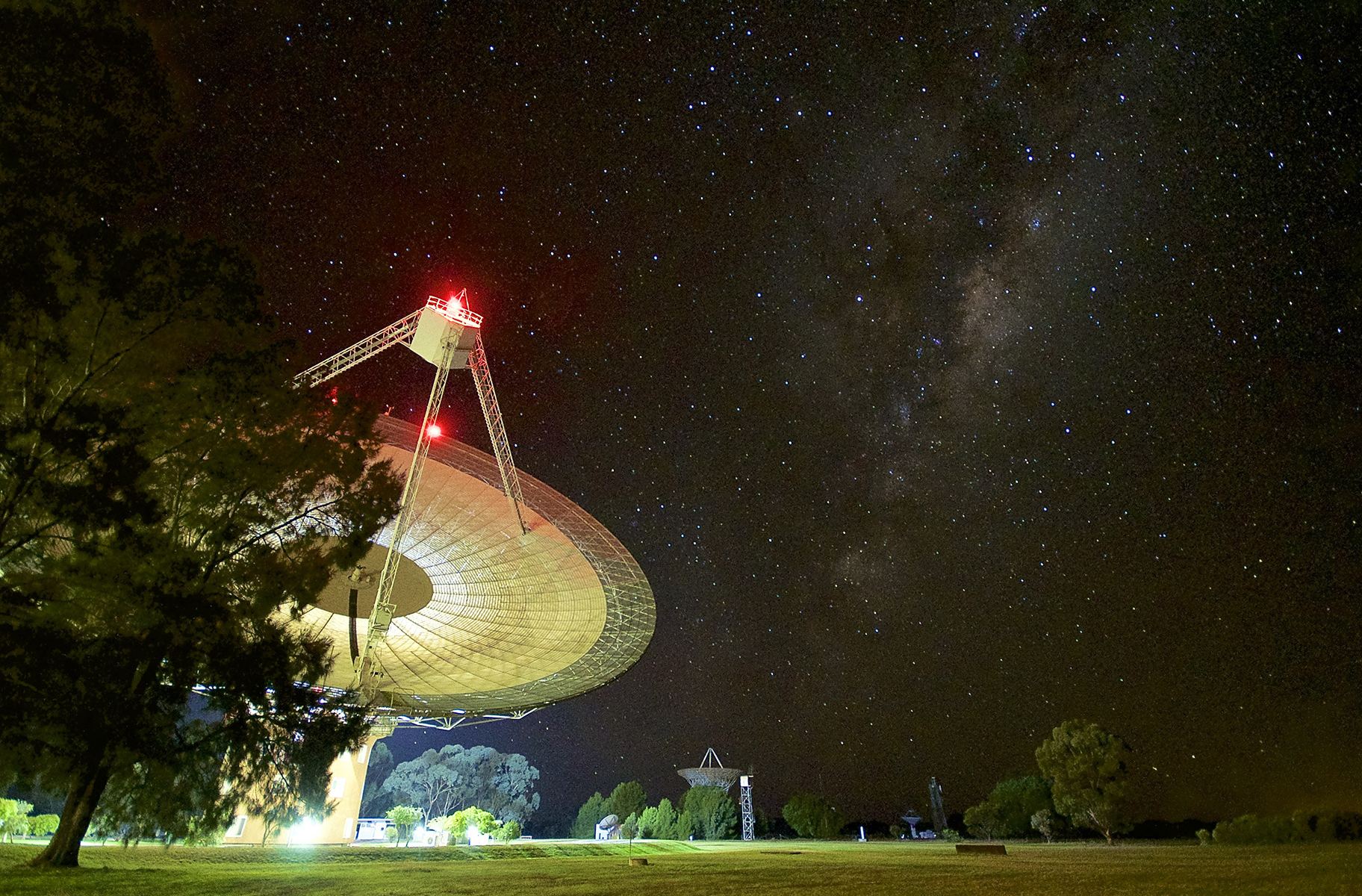In just nine months (October 31st, 2021), NASA’s long-awaited James Webb Space Telescope (JWST) will finally be launched to space. Once operational, this next-generation observatory will use its powerful infrared imaging capabilities to study all kinds of cosmological phenomena. It will also be essential to the characterization of extrasolar planets and their atmospheres to see if any are habitable.
In anticipation of this, astronomers have been designating exoplanets as viable candidates for follow-up studies. Using data from the Transiting Exoplanet Survey Satellite (TESS), an international team led by MIT researchers discovered four new exoplanets orbiting a Sun-like star about 200 light-years from Earth. This system could be an ideal place for James Webb to spot a habitable planet.
Continue reading “A Sunlike Star Found With Four (No, Five!) Exoplanets Orbiting It”

